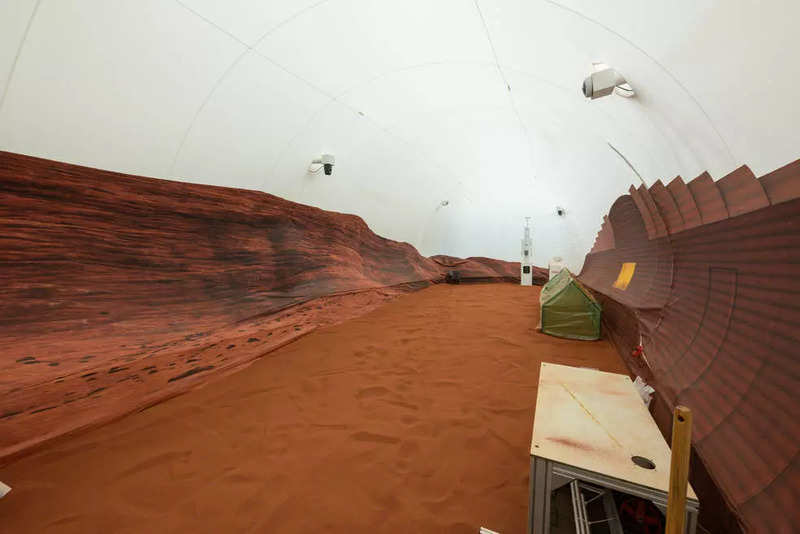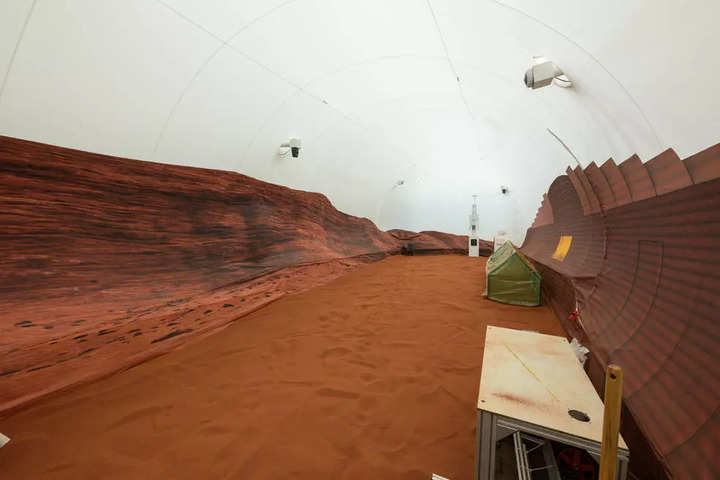

NASA has ‘locked’ four volunteers, as part of the first of a three-year-long simulation study by the US space agency, in a simulation of Mars. The crew will spend the next 378 days, facing harsh, realistic challenges of Mars to prepare for a real-life mission to the red planet.
Research scientist Kelly Haston, structural engineer Ross Brockwell, emergency medicine physician Nathan Jones and US Navy microbiologist Anca Selariu complete the crew.
The mission also includes two alternate crew members: Alyssa Shannon, who is a former primary crew member and an advanced practice nurse; and Trevor Clark, former back-up crew member aerospace engineer.
Read Also

“The knowledge we gain here will help enable us to send humans to Mars and bring them home safely,” Grace Douglas, the mission’s principal investigator at NASA, said during a briefing.
NASA 3D-printed the 1,700-square-foot facility, dubbed Crew Health and Performance Exploration Analog (CHAPEA). It is located at the Johnson Space Center in Houston, Texas. It is named Mars Dune Alpha and features a kitchen, private crew quarters, and two bathrooms, with medical, work and recreation areas.
What will the crew do
During the stay in the simulation, the crew members will carry out different types of mission activities, including simulated spacewalks, robotic operations, habitat maintenance, personal hygiene, exercise and crop growth.
Additionally, the crew also will face environmental stressors such as resource limitations, isolation and equipment failure in order to better prepare for the real Mars mission.
Read Also

“The simulation will allow us to collect cognitive and physical performance data to give us more insight into the potential impacts of long-duration missions to Mars on crew health and performance,” added Douglas.
“Ultimately, this information will help NASA make informed decisions to design and plan for a successful human mission to Mars,” Douglas said.
CHAPEA’s second and third part of the mission will take place in 2025 and 2026, respectively.
FacebookTwitterLinkedin
end of article